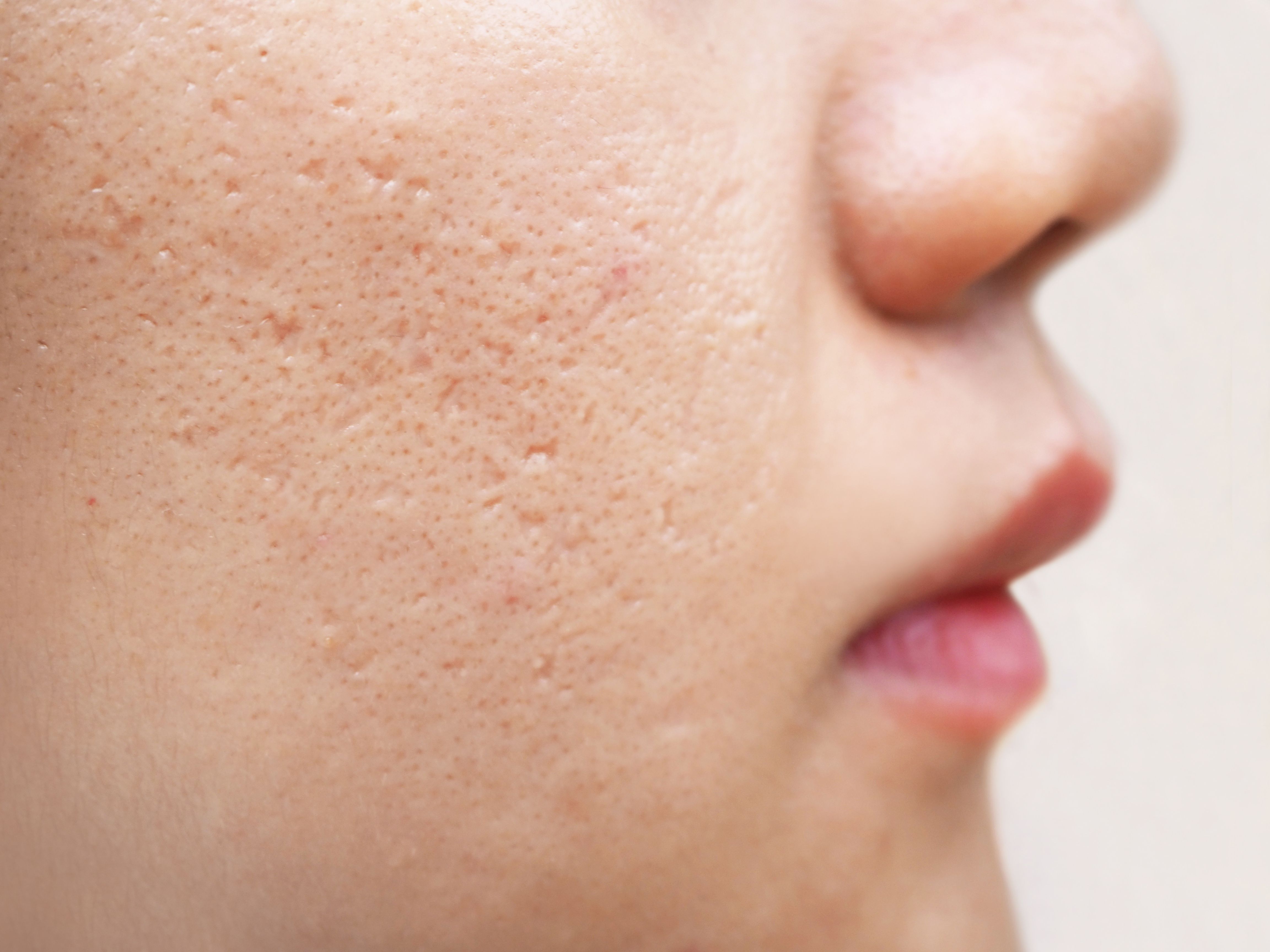- Acne
- Actinic Keratosis
- Aesthetics
- Alopecia
- Atopic Dermatitis
- Buy-and-Bill
- COVID-19
- Case-Based Roundtable
- Chronic Hand Eczema
- Chronic Spontaneous Urticaria
- Drug Watch
- Eczema
- General Dermatology
- Hidradenitis Suppurativa
- Melasma
- NP and PA
- Pediatric Dermatology
- Pigmentary Disorders
- Practice Management
- Precision Medicine and Biologics
- Prurigo Nodularis
- Psoriasis
- Psoriatic Arthritis
- Rare Disease
- Rosacea
- Skin Cancer
- Vitiligo
- Wound Care
News
Article
Complex Relationship Between Air Pollutants and Secondary Sensitive Skin in Patients With Acne
Author(s):
Investigators looked into pollutant-induced disruption of the skin barrier, increased transepidermal water loss, and heightened inflammatory responses.
An increasingly recognized concern among acne patients is secondary sensitive skin, characterized by discomforting sensations such as burning, stinging, itching, and tightness, triggered by various stimuli. This condition is often linked to impaired skin barrier function, which may be exacerbated by environmental pollutants. Despite the clinical significance, the epidemiological characteristics and contributing factors to secondary sensitive skin in acne patients remain underexplored. A recent study aimed to elucidate the complex relationship between air pollutants and the occurrence of secondary sensitive skin in this patient population.1
“[Previous] research has indicated that the skin barrier of acne patients is impaired by factors such as air pollutants, UV radiation, low humidity, the administration of retinoic acid drugs, and negative emotions,” investigators wrote.2
Study Design
A large-scale cross-sectional study was conducted, involving 4325 acne patients from 70 hospitals across seven major regions in China, between September 2021 and December 2022. The inclusion criteria were patients aged 12 to 55 years with a dermatologist-confirmed diagnosis of acne, and the exclusion criteria included other concurrent skin conditions and pregnancy. Sensitive skin was assessed using a validated questionnaire.
Environmental exposure data were gathered, focusing on air pollutants such as particule matter (PM)2.5, PM10, ozone (O3), sulfur dioxide (SO2), nitrogen dioxide (NO2), and carbon monoxide (CO). These data were obtained from the closest monitoring stations to the participants' residences. Additionally, detailed information on socioeconomic status, lifestyle habits, and biological factors was collected through questionnaires. The extreme gradient boosting (XGBoost) machine learning model was employed to analyze these variables, allowing for the identification of complex, nonlinear relationships.
Results
Out of 4325 study participants, 1424 of them with secondary sensitivity to acne were identified and subsequently matched with 2811 control subjects. The prevalence of secondary sensitive skin among the acne patients studied was 33.6%. A nonlinear association between air pollutants and secondary sensitive skin was observed. Specifically, PM2.5 levels were closely correlated with increased risk; the risk heightened significantly beyond 40 μg/m³, before reaching a plateau. Similar patterns were found for PM10, NO2, and O3.
The model highlighted several key factors associated with secondary sensitive skin, including gender, with a higher prevalence noted among females. Other significant factors included exercise intensity, sunscreen usage, and the severity of depressive symptoms. These findings underscore the multifactorial nature of sensitive skin in acne patients, influenced by environmental, physiological, and psychological factors.
Key Takeaways
The study's results indicate that air pollutants, especially PM2.5, are significant contributors to secondary sensitive skin in acne patients. The pathophysiological mechanisms may involve pollutant-induced disruption of the skin barrier, increased transepidermal water loss, and heightened inflammatory responses. This is consistent with prior research suggesting that pollutants can stimulate pro-inflammatory pathways, leading to compromised skin integrity and function.
The higher susceptibility of women to secondary sensitive skin may be due to intrinsic factors like hormonal influences, skin thickness, and cosmetic use patterns. Moreover, the association between depressive symptoms and sensitive skin highlights the potential impact of psychological stressors on skin health, suggesting that comprehensive patient management should include mental health considerations.
Investigators wrote in their conclusion, “The occurrence of secondary sensitive skin in acne patients be mitigated through the implementation of measures such as the control of air pollutant emissions, regulation of negative emotions, and improvement of personal lifestyle.”
References
1. Chen X, Wen J, Wu W, et al. Non-linear association between air pollutants and secondary sensitive skin in acne patients. J Cosmet Dermatol. 2024;00:1–10. doi:10.1111/jocd.16487
2. Zhou L, Liu X, Li X, et al. Epidermal barrier integrity is associated with both skin microbiome diversity and composition in patients with acne vulgaris. Clin Cosmet Investig Dermatol. 2022;15:2065-2075. Published 2022 Sep 28. doi:10.2147/CCID.S377759
Newsletter
Like what you’re reading? Subscribe to Dermatology Times for weekly updates on therapies, innovations, and real-world practice tips.












